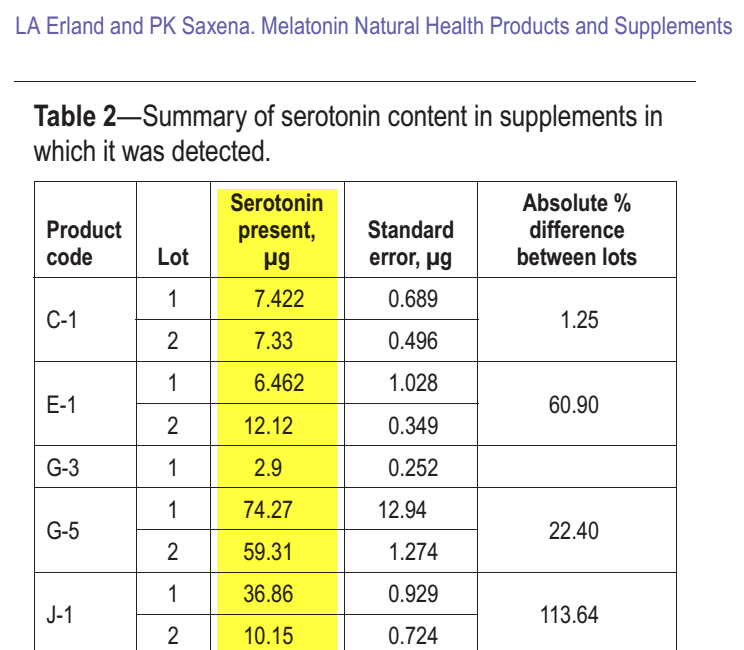Note: This section is excerpted from the upcoming 5th Edition of my migraine protocol, which was most recently published in Inflammation Mastery 4th Edition (2016). I do not anticipate what I consider major changes in the protocol although obviously some new perspectives and interventions will be included. We are obviously at a time when we need a paradigm shift in the management of chronic pain conditions.
Foods with the highest serotonin content per dry weight (DW) include tomato at 222 mcg/g, cherry tomato at 156 mcg/g, and Chinese cabbage at 110 mcg/g.[1] Medical organizations and other sources of health disinformation attempt to scare politicians and the public into thinking that nutritional supplements are hazardous because they contain microdoses of serotonin but the reported “dangerous” and “harmful” amounts are below the amounts of serotonin found in common foods consumed in reasonable quantities, as I discussed in 2022 https://healthythinking.substack.com/p/cnn-and-ama-fail-at-math-science. Just because dietary serotonin does not cross the blood-brain barrier does not mean that it cannot penetrate peripheral tissues.
CNN and A.M.A. fail at math, science, and logic when attacking MELATONIN (part4)
This story keeps getting better! Part 1: I had been thinking about melatonin with regard to patient care and some new research when I noticed a new smear campaign by the American Medical Association and CNN recently. Part 2: The American Medical Association post on social media was a combination of direct misinformation along with a hyperlink to the article published by CNN which of course glorified in a reciprocal manner a recent publication by the American Medical Association. CNN repeats what the AMA published in its journal JAMA, and AMA reciprocates by guiding traffic to the CNN website. Like one hand washing the other, in the same dirty water.
[1] Ly D, Kang K, Choi JY, Ishihara A, Back K, Lee SG. HPLC analysis of serotonin, tryptamine, tyramine, and the hydroxycinnamic acid amides of serotonin and tyramine in food vegetables. J Med Food. 2008 Jun;11(2):385-9



